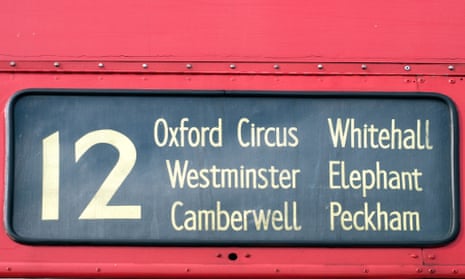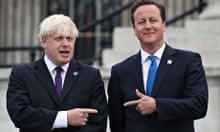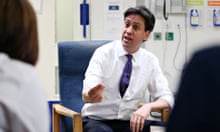Boris Johnson’s public transport priorities are a guide to his beliefs about politics, progress and humankind. His lobbying of George Osborne to keep Crossrail and the Tube upgrades on track surprised some during his first mayoral term, prompting coinage of the terms “Red Boris” and “Ken-lite”. A truer picture, though, emerges from the difference between his attitudes to rail and to the bus.
Part of that picture appears in a new report by Labour AM Val Shawcross, her party’s spokesperson on transport. Using Transport for London (TfL) and national government data, Shawcross concludes there is a strong link between deprivation and densely populated London neighbourhoods with low access to the public transport network. She provides case studies of estates in Hounslow, Peckham, White City, Roehampton, North Kensington and Enfield.
Shawcross describes as “a scandal” TfL’s plans under Johnson to expand the bus service only a miniscule amount by 2020 when demand, in line with London’s population, is rising fast. She points out that a new bus route can be set up at a far lower cost than a new bit of Overground or Tube. In light of Johnson’s recurring mantras about value for money and cutting costs, this may seem odd. But he’s looking through the other end of the public spending telescope.
A big issue for the mayor is the amount of subsidy devoted to the bus. He’s always thought this far too high and, since coming to power in 2008, has reduced it by about 40%. Higher fares are part of the consequence. It may be that a bias towards rail has been the best way of getting the Treasury to cough up, but even if that’s so it still reflects Johnson’s wider vision for London’s evolution.
Though new bus routes can open up new employment options for people in the neighbourhoods they serve, they don’t “drive regeneration” like a new Tube or rail station does: they don’t facilitate global private investment deals; they don’t boost house building and property prices in the same way. For Johnson, the public purse is for pump priming the profit motive to trigger growth. It was for Ken Livingstone too, but only partly so. For him, it was also about enabling ordinary Londoners to benefit from their city’s economic vigour.
Shawcross’s report reminds us that the average London bus passenger is less well off than his or her Tube counterpart. She cites TfL figures showing that 51% of them earn less than £20,000 a year compared with the 70% of Tube passengers who earn more than that.
It’s important to remember that Johnson has maintained a big range of concessionary fares, including discounts for jobseekers - it won’t do to accuse him of being indifferent to the poor. He is, though, a “trickle down” believer, a free enterprise evangelist convinced that smoothing the path for the most prosperous is the best thing for everyone in the end. Livingstone, by contrast, was very much a social democrat. His transformation of London’s bus service into the world-beater it - for now, at least - still is, reflected that. It also shows why he was a better mayor.





Comments (…)
Sign in or create your Guardian account to join the discussion